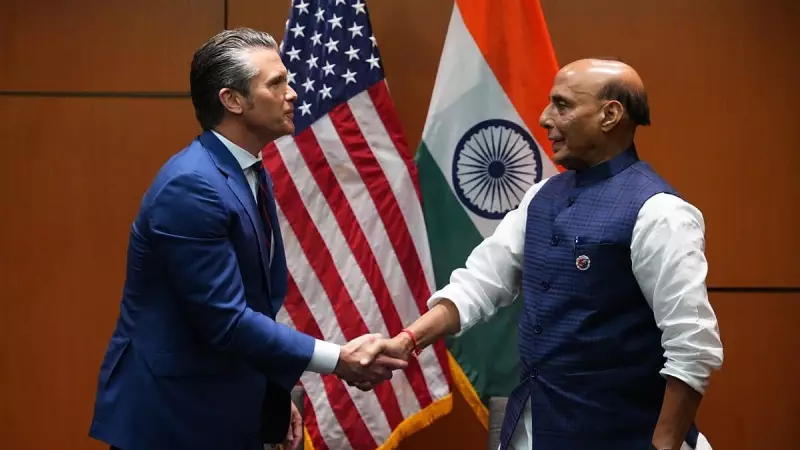
In what can only be described as a high-stakes geopolitical poker game, India entered recent defence framework negotiations with the United States holding what many analysts considered a winning hand. Yet, when the final cards were revealed, New Delhi appeared to have settled for significantly less than what was initially on the table.
The Strategic Landscape
The evolving defence partnership between India and the United States has been one of the most closely watched geopolitical developments of the past decade. With China's growing assertiveness in the Indo-Pacific region, India's strategic importance to American foreign policy has never been more pronounced. This positioning gave India substantial leverage in recent framework discussions.
What India Brought to the Table
India's bargaining position was strengthened by several key factors:
- Geographic advantage: India's strategic location in the Indian Ocean makes it an indispensable partner for regional stability
- Growing market: The Indian defence sector represents one of the world's largest potential markets for American defence contractors
- Counterbalance to China: As Washington seeks to counter Beijing's influence, India's cooperation becomes increasingly valuable
- Military capability: India's substantial military forces and regional expertise add significant weight to any partnership
The Negotiation Outcome
Despite these advantages, the final defence framework agreement fell short of expectations. The agreement, while maintaining the trajectory of defence cooperation, failed to capitalize on India's strong negotiating position. Several critical areas saw compromises that surprised many observers who had anticipated a more assertive stance from New Delhi.
Missed Opportunities
The framework notably lacked bold provisions in several key areas:
- Technology transfer agreements remained limited despite India's pressing need for defence modernization
- Co-production initiatives didn't reach the ambitious levels many had predicted
- Joint research and development components were more conservative than expected
- The agreement maintained existing limitations rather than breaking new ground
Strategic Implications
This cautious approach raises questions about India's broader strategic calculus. Some analysts suggest that New Delhi may be balancing multiple partnerships rather than fully committing to the American alliance. Others point to domestic political considerations or bureaucratic inertia as potential factors in the restrained outcome.
The defence framework, while maintaining the positive momentum in India-US relations, represents a curious case of strategic restraint from a nation that appeared to hold all the right cards. As both nations navigate an increasingly complex global security environment, the choices made in this agreement may have lasting implications for the future of Indo-Pacific security architecture.





